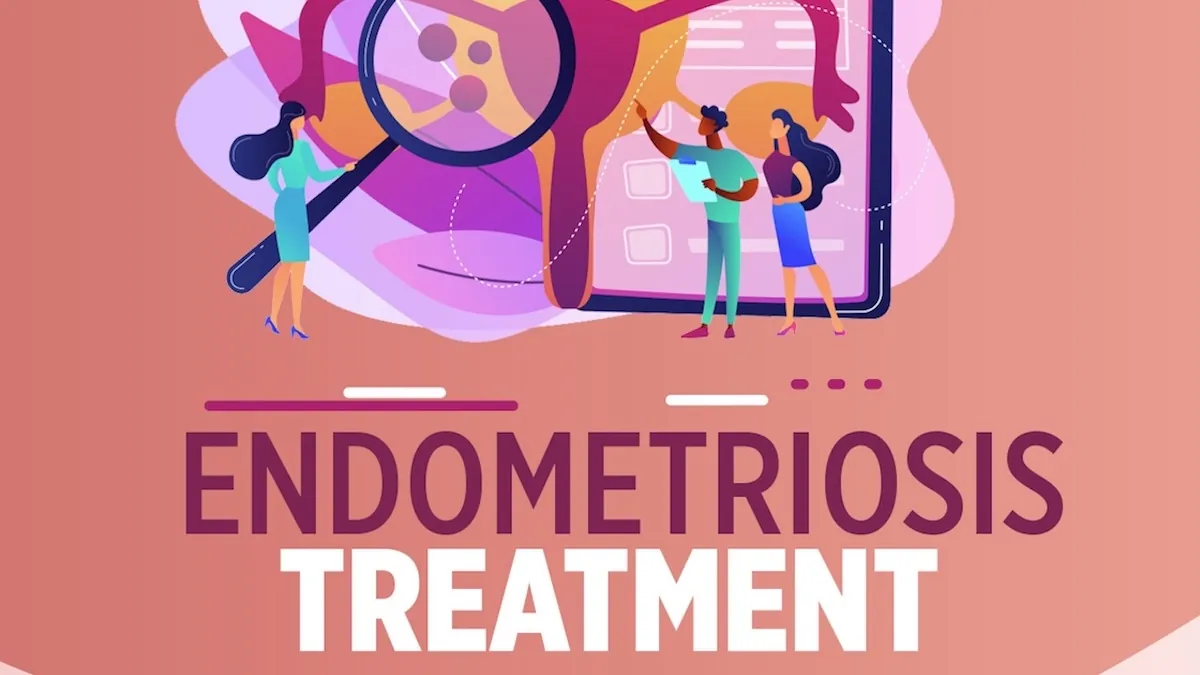Endometrial tissue growing outside of the uterine lining is called ectopic endometrial tissue causing the disease called endometriosis. Endometriosis is a diasese of reproductive age women. As endometriosis is a hormone dependent disease, endometriosis is not seen after menopause. Endometriosis at postmenopausal stage is a very rare occasion.
The hormonal mileu is altered in endometriosis. The endometriosis hormones are estrogen and progesterone, where endometriosis is related with accumulation of estrogen at the ectopic endometrial tissue with progesterone resistance.
Endometriosis causes rely on many hypotheses. Retrograde menstruation, immunological defects, inflammation and genetic factors, coelamic metaplasia are some of the endometriosis causes.
Endometriosis Symptoms
Endometrioma symptoms are usually pain related. The signs and symptoms of endometriosis is very typical. Endometriosis cases usually suffer from menstruel pain and sometimes pain during sexual intercourse (endometriosis dyspareunia), rectal pain (dyschezia endometriosis) and cramps. Endometriosis pain can be severe.
Endometriosis symptoms are irregular bleeding, infertility, menstruel pain, and pelvic pain. Infertility is also one of the signs of endometriosis. Endometriosis related infertility is present in half of the cases. In atypical forms chest pain or back pain can be the presenting symptoms. Endometriosis can also cause shoulder pain or stomach pain.
There are silent endometriosis cases also (asymptomatic endometriosis). Deep infiltrating endometriosis symptoms can be explained as severe pain in all forms. Severe endometriosis pain can cause depression and worsen the quality of life. Endometriosis pain after menopause will cease.
What is an Endometriosis? Can Endometriosis Cause Cancer? Endometriosis Treatment
Endometriosis can cause ovarian cyst. Endometrioma is the name of the cyst in the ovaries. Endometrioma is also known as chocolate cyst. Endometrioma cyst symptoms are also pain related. Endometriosis pain during ovulation might occur and the patient can also have ovulatory problems. Endometrioma has a typical diagnostic view at the ultrasound (us). The ovarian endometrioma is clearly visible at ultrasound. Differential diagnosis of endometriosis and endometrioma are easy with imaging techniques.

